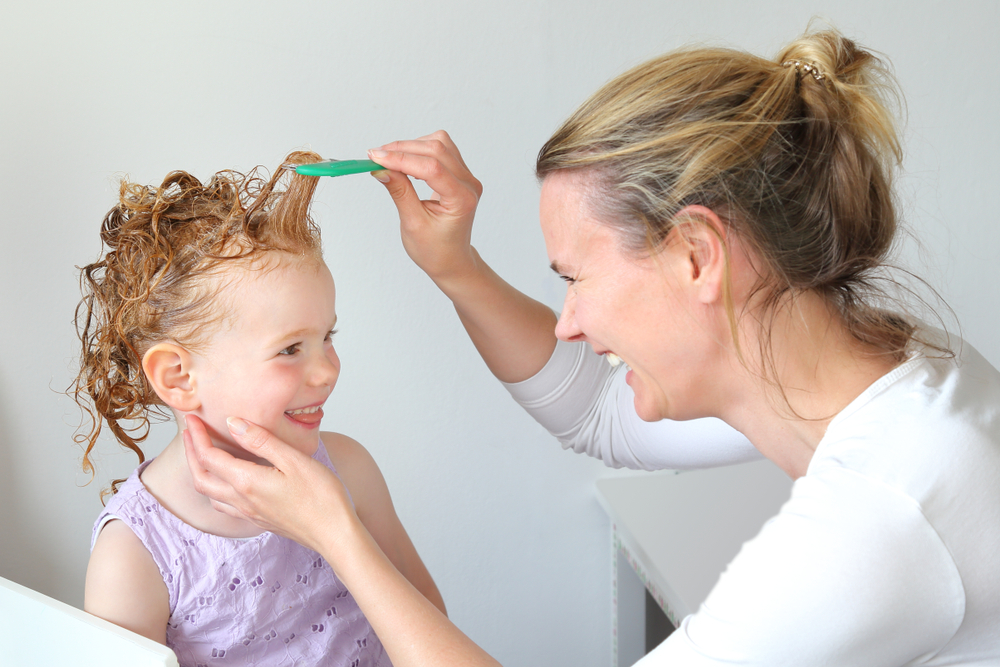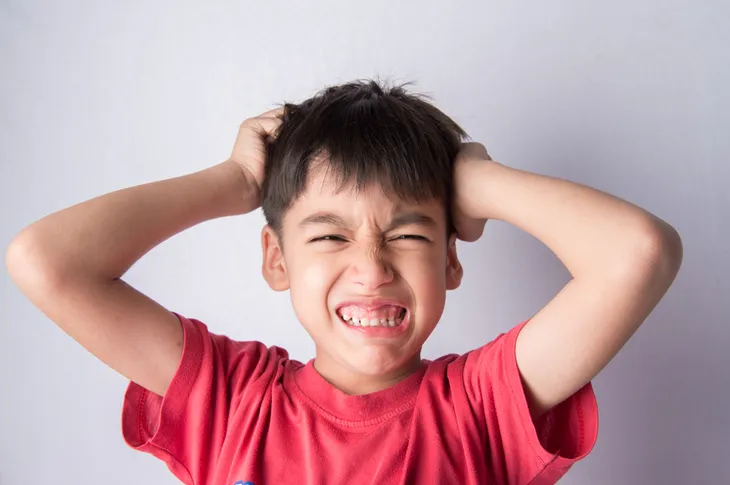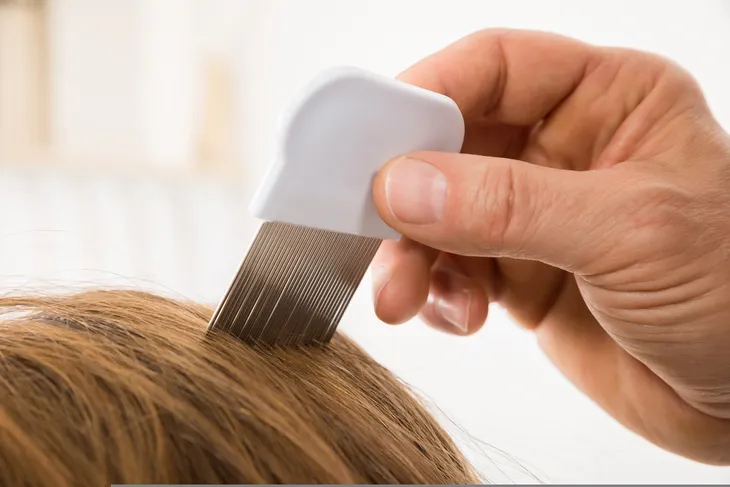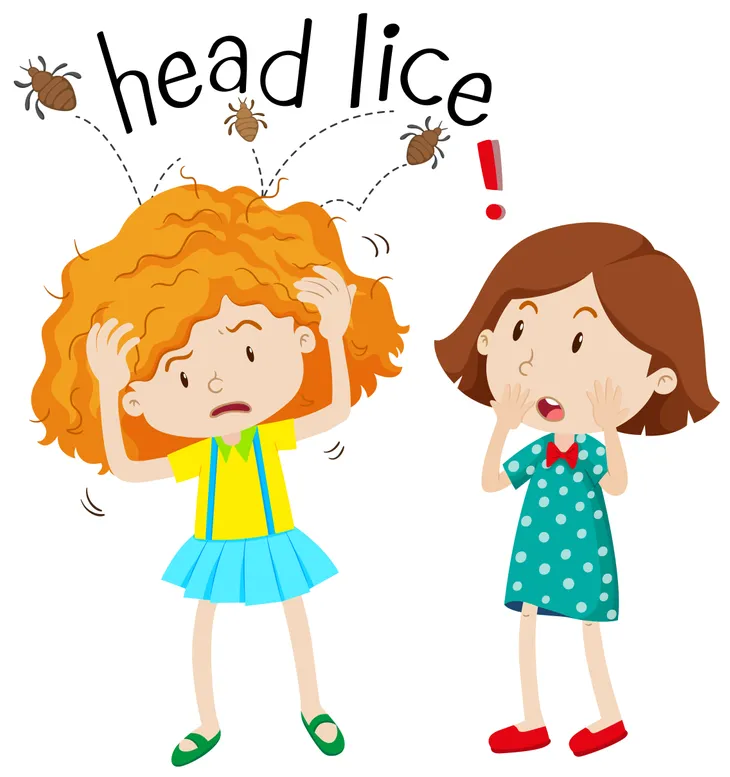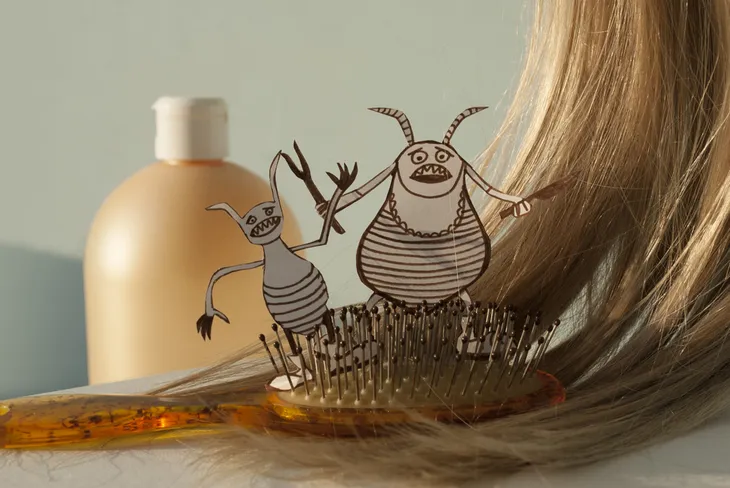This week a resounding groan followed by incessant itching was heard across the Canadian province of Ontario. Why? Because the Ontario public school board announced that they would revoke the “no nit” rule that asked children with head lice to stay home from school.
According to research brought forth by the Canadian Paediatric Society (CPS) singling out children in the classroom and making them stay home from school causes unfair stigma. Of course, this led to a loud minority of very panicked and protesting parents.
Don’t scratch your head over the issue, here are six head lice facts that parents need to know..
Common Head Lice Misconceptions
Alright, I know that no two words make you want to dig at your scalp more than head lice. It’s bound to give you the creepy crawlies and maybe even make you panic. However, before parents get that first notice sent home warning of head lice in their child’s school, let’s lie to rest a few common misconceptions.
Health experts estimate that the most common misconceptions about lice is how they’re spread and secondly, how to treat them. The Cleveland Clinic blames these common misnomers for undue panic. For instance, the Clinic says that parents will often see dandruff in their child’s hair and confuse these flakes for nits.
Head Lice Guidelines from the AAP
Although the change in head lice policy is new for Ontario public school board parents and kids, our neighbors to the south have already established rules that don’t send home or restrict kids with head lice from continuing to attend classes. For instance, the American Academy of Pediatrics (AAP) policy advises the parent to notify the school of their kid’s head lice diagnosis, but still recommends they be allowed at school.
Both CPS and AAP guidelines note that any child diagnosed with head lice (the detection of at least 5 live insects on the scalp) aren’t required to leave school due to the fact that they’ve likely been infested with nits for at least a month prior. Further AAP studies claim that head lice are not spread easily in a school setting.
How Head Lice Spread
Lice are not easily spread and it’s a common misconception that they jump from child to child. In reality, lice can only crawl from one scalp to another, which means they require direct contact via heads touching (head to head contact) or via items such as hats, hair accessories, and brushes.
If you do find out that a fellow student in your child’s class has head lice, inspect their head thoroughly with a fine comb. Nits typically set up house about 2 centimeters in proximity from the surface of the scalp attached to hair shafts, but you may find eggs closer to the scalp surface. Be sure to check behind the ears for live lice and nits as well.
Are Head Lice Infectious?
The most common concern among parents is the misconception that head lice are infectious. Concerns about a child itching and even open scratches on the scalp scratching becoming infected are valid arguments. However, entomologist and head lice expert, Richard Pollack, an entomologist at Harvard’s T.H. Chan School of Public Health, Department of Immunology and Infectious Diseases, claims head lice only extract a very minute amount of blood with a very small risk of infection due to itching.
If your child has head lice, it’s important to tell them to resist itching and scratching and potentially causing open sores. If there are lice present at your child’s school, it’s also important to tell children to resist sharing items that come into contact with the scalp, such as brushes, headbands, and hats.
Head Lice Prevalence
Harvard entomologist, Richard Pollack, claims that the prevalence of head lice in schools only affects approximately one out of every 100 kids. During his over 20-years of studying head lice at Harvard’s Department of Immunology and Infectious Diseases, he says he’s never witnessed a mass outbreak in any school.
The real threat is when fear and panic set in. For instance, many parents strip and clean everything in their home when, in reality, lice can only survive up to 48 hours when not in contact with a scalp. While your child’s sheets, pillows, and other items should be washed, there is no concern for areas and items a child with head lice hasn’t touched within the past 48-hours.
Lice Aren’t Picky About Class or Hygiene
Lice aren’t picky, which means despite common misconceptions, they don’t pick victims based on socioeconomic class. In reality, experts note that anyone can get head lice. Research from the Centers for Disease Control and Prevention (CDC) reports that any relation to the prevalence of head lice among low socioeconomic classes or children with poor hygiene is false.
In fact, research from Medscape.com says that head lice are not infectious, nor do they transmit disease. However exclusion from schools perpetuates the myth that children with head lice should be banned from schools, which creates a social stigma that is much more harmful to children and their families.
